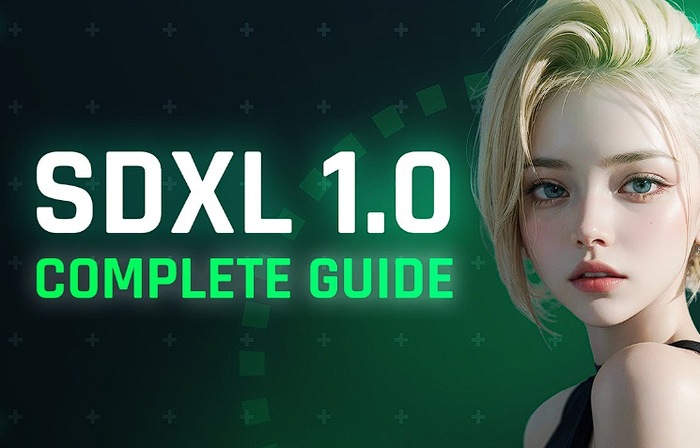
Recently the development team at stability AI have released its latest Stable Diffusion AI art creation image model. This guide will provide a useful starting point for beginners and intermediate users wishing to learn more about setting up the SDXL 1.0 AI art generator on their local computer or running it from the cloud or accessing it from other online services.
Stability AI’s latest release, SDXL 1.0, stands as a testament to the” boundless possibilities that artificial intelligence offers to the creative world. With its predecessor, SDXL 0.9, being limited to research purposes, the fully developed SDXL 1.0 has taken the stage as the pinnacle of text-to-image generation models. Here’s everything you need to know about this groundbreaking application.
Stability AISDXL 1.0 beginners guide
Stability AI’s team, in its commitment to innovation, has proudly presented SDXL 1.0 as their flagship image model. While there are several open models for image generation, none have surpassed the capabilities of SDXL 1.0. Through rigorous testing, both in-house and externally, SDXL 1.0 has emerged as the preferred choice for generating images. This is a testament to the countless hours and meticulous research carried out by the Stability AI team, using data collected from their Discord community and external testers.
SDXL 1.0 is not just another image generation tool. It has been designed to craft high-quality images, regardless of the artistic style. From photorealism to abstract art, the model ensures that the generated images do not bear any ‘inherent feel’ from the model itself. What makes it exceptional is its acute attention to detail – vibrant colors, accurate contrast, impeccable lighting, and realistic shadows, all rendered in a native 1024×1024 resolution.
SDXL 1.0 Beginners guide
Moreover, SDXL 1.0 has mastered the intricacies of concepts that have historically been challenging for image models, such as rendering hands, text, and spatially complex scenes. Imagine a scene with a woman chasing a dog, the former in the background and the latter in the foreground. SDXL 1.0 can bring such intricate visualizations to life. Check out the ultimate guide to SDXL 1.0 kindly created by the AI Marketing Teacher YouTube channel.
Other articles you might find of interest on the subject of stability AI and its AI art generation :
What truly sets SDXL 1.0 apart is its ability to comprehend and generate intricate images from a mere string of words. Users are no longer reliant on specific qualifiers like “masterpiece” to extract quality images. Furthermore, it boasts a nuanced understanding of concepts, differentiating between the famous “Red Square” landmark and a simple “red square” shape.
At its core, SDXL 1.0 is a mammoth, boasting one of the largest parameter counts among open-access image models. It is constructed using an innovative new architecture, comprising a 3.5B parameter base model paired with a 6.6B parameter refiner. This two-pronged approach ensures robust image generation, maintaining optimal speeds without demanding excessive computational resources. This makes it a perfect fit for standard consumer GPUs with 8GB VRAM or common cloud instances.
Fine-tuning and Advanced Control
Customization is the name of the game with SDXL 1.0. The model facilitates easy fine-tuning to cater to custom data requirements. The Stability AI team is in the process of enhancing task-specific structure, style, and composition controls, with T2I/ControlNet exclusively designed for SDXL. Although these features are in beta, the future promises exciting updates.
Getting Started with SDXL 1.0
For those eager to dive into the world of SDXL 1.0, there are multiple avenues:
SDXL 1.0, with its unparalleled capabilities and user-centric design, is poised to redefine the boundaries of AI-generated art and can be used both online via the cloud or installed off-line on your local PC, making it very versatile. Whether you’re a seasoned artist or someone looking to dabble in digital art, SDXL 1.0 promises a transformative experience and as always we will keep you up to speed on any new announcements or features rolled out by Stability AI.
Image Credit : AI Marketing Teacher
Filed Under: Guides, Top News
Latest Geeky Gadgets Deals
Disclosure: Some of our articles include affiliate links. If you buy something through one of these links, Geeky Gadgets may earn an affiliate commission. Learn about our Disclosure Policy.

